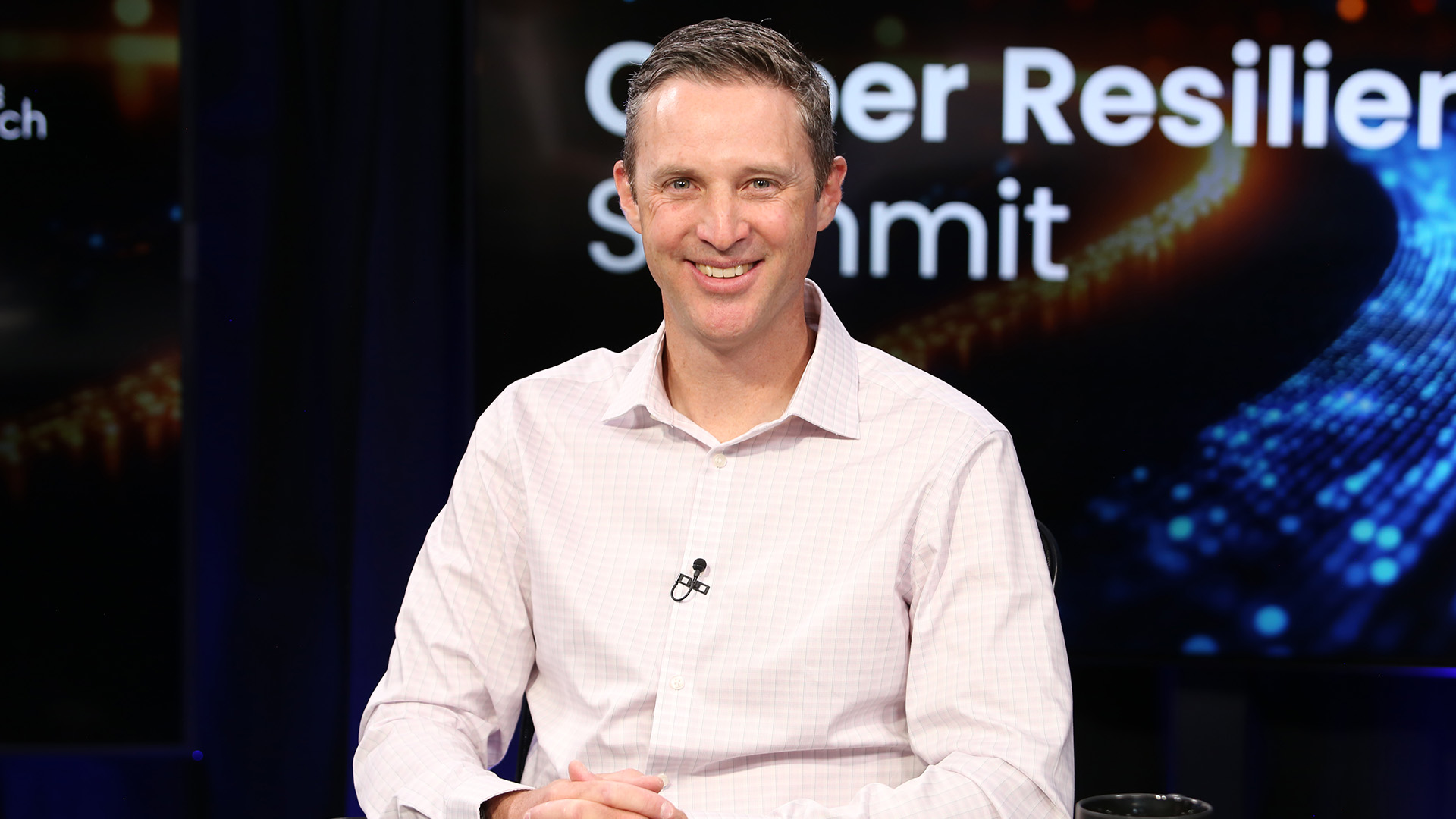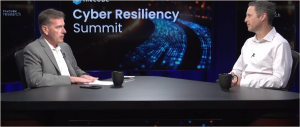 SECURITY
SECURITY
 SECURITY
SECURITY
 SECURITY
SECURITY
Managing petabytes of data collected over decades, with exponential growth on the horizon, demands a mission-critical focus on cyber resilience. In an era where data fuels discovery, the Ocean Observatories Initiative stands out as a model of strategic foresight, technological innovation and collaboration, ensuring that vital data remains accessible, secure and valuable for generations to come.

Oregon State University’s Craig Risien talks with theCUBE about how the Ocean Observatories Initiative ensures cyber resilience.
“We have in total on disk right now close to 2.8 petabytes — so it’s a lot of data, and we’re generating 20 to 25 terabytes a month,” said Craig Risien (pictured), CI systems project manager for the Ocean Observatories Initiative at Oregon State University. “We’ve been doing this for 10 years. We have a lot that we’ve collected, and the program is supposed to run for another 20 years. That is something that we think a lot about, like, ‘How do we do this going forward?'”
Risien spoke with theCUBE Research’s Christophe Bertrand at the Cyber Resiliency Summit, during an exclusive broadcast on theCUBE, SiliconANGLE Media’s livestreaming studio. They discussed the Ocean Observatories Initiative and how Oregon State University’s resilience framework can serve as a model for other organizations tackling the complexities of long-term, large-scale data management. (* Disclosure below.)
Funded by the National Science Foundation, the Ocean Observatories Initiative is a collaborative venture involving Oregon State University, the University of Washington and Woods Hole Oceanographic Institution. This partnership oversees five globally distributed arrays that monitor oceanic and seafloor environments. These arrays, equipped with fixed and mobile platforms, house hundreds of sensors measuring parameters in physics, biology, chemistry and geophysics, according to Risien.
“It’s never going away — [the data is] absolutely going to grow as we think about 4K cameras or instruments that sample more frequently or can sample more frequencies,” he said. “These sorts of things are going to certainly grow our data store over the coming decades. Part of our requirements is to maintain this data store for the entire duration of the program.”
The collected data — ranging from sound recordings to time series of temperature and chemical concentrations — is stored and distributed for research purposes. The scale and diversity of these datasets demand not just sophisticated storage solutions but also unwavering data protection. To address these challenges, the Ocean Observatories Initiative data center worked with Dell Technologies Inc. to implement a robust solution tailored to its unique needs, according to Risien.
“We just were funded for another five years. We have about $10 million to build a new data center. We [had] to think a lot about how to store these data and what our storage needs were going to be for at least the next five years,” he said. “We went through a very careful planning process with the Dell team. It took us about 18 months, and the storage was a significant part of that, along with the cybersecurity and the resiliency part and the protection part.”
On the data protection aspect, the integration of Elastic Cloud Storage and the use of Superna’s Golden Copy ensures daily remote backups. High-speed data transfer capabilities, reaching 60 gigabits per second, enable quick recovery in case of local failures. To further secure those vast data resources, a PowerProtect Data Domain and a Cyber Recovery vault have been added to the mix, Risien added.
Here’s the complete video interview, part of SiliconANGLE’s and theCUBE Research’s coverage of the Cyber Resiliency Summit:
(* Disclosure: Dell Technologies Inc. sponsored this segment of theCUBE. Neither Dell nor other sponsors have editorial control over content on theCUBE or SiliconANGLE.)
Support our mission to keep content open and free by engaging with theCUBE community. Join theCUBE’s Alumni Trust Network, where technology leaders connect, share intelligence and create opportunities.
Founded by tech visionaries John Furrier and Dave Vellante, SiliconANGLE Media has built a dynamic ecosystem of industry-leading digital media brands that reach 15+ million elite tech professionals. Our new proprietary theCUBE AI Video Cloud is breaking ground in audience interaction, leveraging theCUBEai.com neural network to help technology companies make data-driven decisions and stay at the forefront of industry conversations.